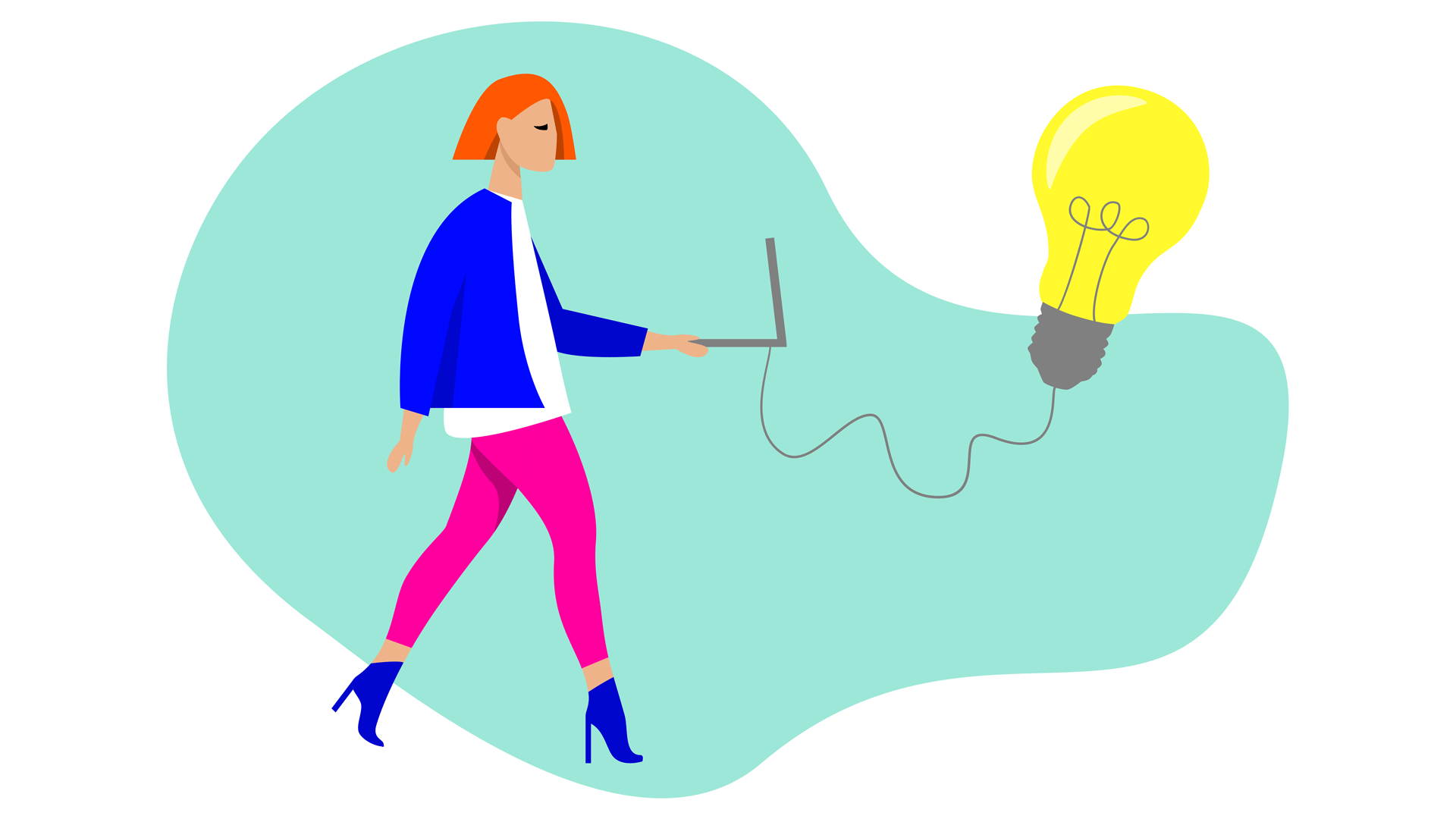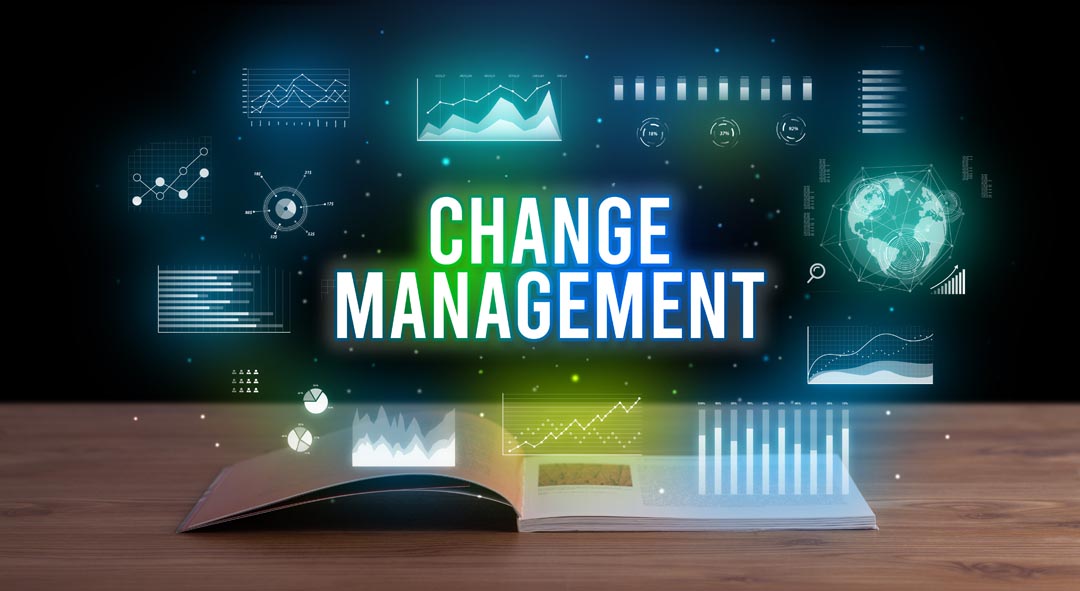Why do traditional creative thinking techniques no longer work? Chris Thomason investigates why we do our best thinking while relaxing
Unless you were raised by wolves in a remote forest, you’ll know of Luke Skywalker’s mentor, Yoda. With his green pointy ears and peculiar manner of speaking, he’d offer Luke wise words of counsel. The 900-year-old Yoda was the epitome of experience, knowledge and quiet intelligence – a Jedi master of the galaxy in which he lived.
But how would Yoda fare in a completely unfamiliar environment, such as on Earth today? Rather than defeating the Imperial Forces, how might Yoda’s experience be useful in tackling the global impact of the pandemic; war in Ukraine, rocketing energy costs, hybrid working, and even big container ships getting stuck in the Suez Canal?
Your corporate Yodas are potentially finding their knowledge and experience are less effective when tackling the new issues your organisation is facing today. A greater degree of creativity in their thinking is needed.
Rarely do employees say they get their best ideas at work
Embrace creativity
Creativity isn’t the sole domain of artists, designers, and your marketing department. When you require some new ideas on any aspect of your business, that’s creativity – flipping new thoughts and concepts across the boundary from being unknown to being known. While assessing your final ideas may use critical and analytical thinking, it’s your creative thinking that will be the brute force of newness of thought. Applied business creativity is something to be embraced, not shunned.
70 years of brainstorming
In 1953, New York advertising executive Alex Osborn wrote Applied Imagination, the book that launched brainstorming. This was a fresh approach that gained much corporate attention, and in 1958, Yale University researchers undertook the first study of its effectiveness. They found that people thinking individually produced both a greater quantity, and a better quality, of ideas than did groups doing brainstorming.
In 2012, Keith Sawyer, a psychologist from Washington University, performed a meta-analysis of all brainstorming research. He summarised the findings, saying, “Decades of research have consistently shown that brainstorming groups think of far fewer ideas than the same number of people who work alone and later pool their ideas.”
If brainstorming is so inefficient, why is it still the go-to thinking tool for management on big issues after all this time? Because there haven’t been any meaningful alternatives – until now.
Where you do your best thinking?
Pause for a moment while you answer this question. Where are you when you get your best ideas? Having asked this question of thousands of employees, the author found most people tend to do their best thinking in places like the shower; when they’re out for a walk with a dog; at the gym exercising; or while driving. Others say just before they fall asleep, or when they first wake up – but rarely do employees say they get their best ideas at work.
The science behind good thinking
Research from the University of California, Santa Barbara, in 2012 showed why this is. Participants were given a creative thinking task which was split into two parts. Between the two parts, individuals were told to perform one of a variety of tasks for 12 minutes, and the improvement in performance from the first to the second test was measured. The individuals given an undemanding task to do in the break performed dramatically better than those given a demanding task, or those given no task at all.
Neuroscientist David Creswell, Professor of Psychology at Carnegie Mellon University, found similar results. He gave participants the task of buying an imaginary car, and the ones given an undemanding task for a few minutes before continuing with the exercise performed the best – as in the previous research. However, these participants had their brains scanned with a functional magnetic resonance imaging scanner during the process. Creswell found that the regions of the brain that were active during the initial part of the exercise continued to be active even during their intermediate, undemanding task. Creswell surmised that this continued activity is due to the problem-solving abilities of the subconscious being millions of times greater than those of the conscious part of the mind.
A novel approach to thinking
Humans are individuals who don’t think optimally when put into a meeting room at a specific time to creatively address an issue. The alternative is to enable people to apply their creativity to that issue in their own time beforehand – and to share their best ideas either asynchronously, or to bring them to the meeting having done their creative thinking previously.
Give them time – a week or more – to incrementally develop their thinking. Because as the research shows, the subconscious continues working on issues which are deemed important by the individual. They then share their best ideas for consideration by the others involved to synthesise and build on together, rather than just having a splurge-fest of relatively low-value ideas, which is typically what happens in a brainstorming session.
Allowing each person to do their original creative thinking at the time and place that’s best for them is actually a broader interpretation of neurodiversity.
In summary
Seventy years of brainstorming with its group, time-bound approach has proven to be conclusively inefficient. Today’s organisation needs thinking processes which engage the way humans naturally prefer to think – at their best times and in their best thinking places, which conveniently aligns with hybrid ways of working. When people are working from home, they can readily slot their best thinking times conveniently into their daily schedule. Or, as Yoda might say, “Not brainstorming do. New ways should you learn.”
Chris Thomason is founder of Ingenious Growth




